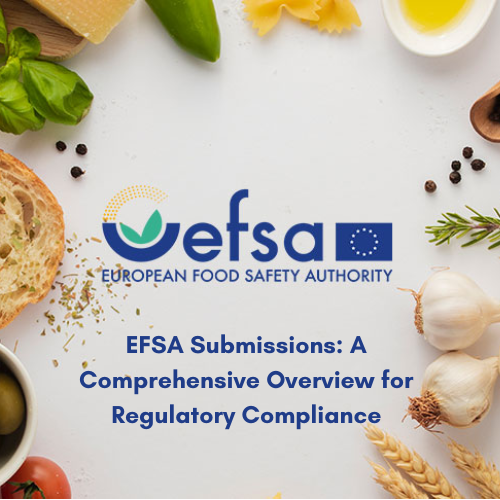Regulatory Framework and Guidelines
EFSA’s submissions are primarily governed by Regulation (EU) No 2015/2283 (Novel Foods) and other related EU legislation. EFSA does publish guidance documents that count on the format and content of dossiers, data to provide in submissions, and how EFSA is going to assess final submissions. When following legislation or guidance, being able to indicate evidence of reliability of the submissions will elevate the science based on submission and assessment. [5]






